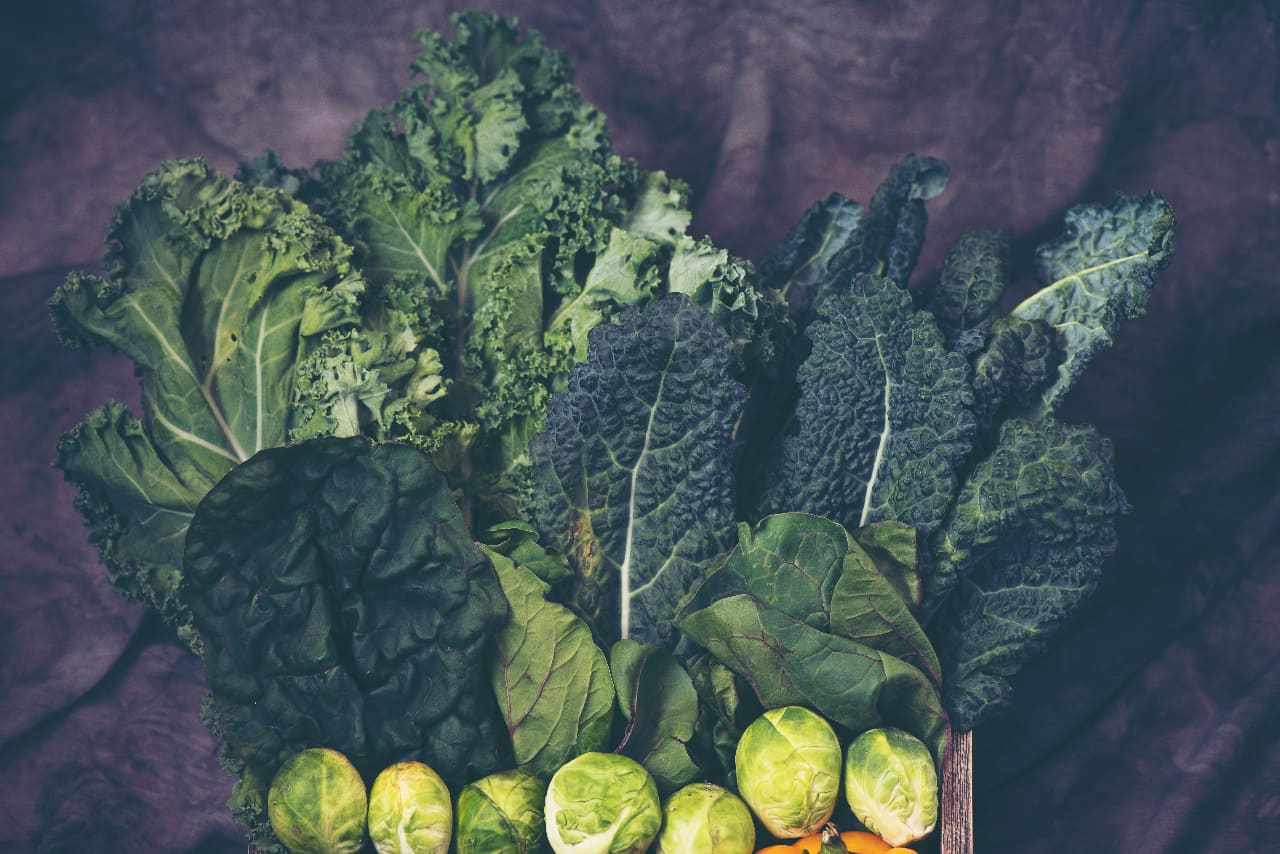I was standing in a long line at the grocery checkout stand the other day. The store was low on staff, so two checkers were working.
As I waited my turn, I couldn’t help but notice what was in the cart in front of me.
Unfortunately, I cannot “turn off” my nutrition specialist internal switch.
A couple things caught my eye in the cart in front of me. An economy-sized fiber supplement container and an equally large container of antacids were in the cart. I’m not sure if the shopper had issues with heartburn (or acid indigestion), cholesterol levels or constipation.
I wasn’t about to ask, either.
The shopper had three cases of sweetened pop, an assortment of chips, two boxes of sweetened cereals, deep-fried foods, candy bars and several boxes of dinner mixes.
I did not spot a fruit, vegetable or whole grain in the cart.
I did not make eye contact with my husband. He would have known what I was thinking.
My husband might have felt like putting me in an empty grocery cart. I could have been sailing in a cart toward the automatic doors into the parking lot.
Of course, I would not be doing a nutrition lesson in the grocery store. I was tempted, though.
Maybe the shopper had kids at home who had made the grocery list for him. If the supplement and antacids were for him, I hope he was conferring with a healthcare provider.
Of course, any of the foods in his cart can fit in an overall healthful diet when eaten in moderation. Nutritionists typically advise you to include a mix of foods and try to crowd out the less-healthful options.
Heartburn is a very uncomfortable condition. The burning pain occurs as acid from the stomach moves up the esophagus to the chest, throat or mouth. It does not involve the heart, but the pain may be centered near the heart.
Many foods can trigger heartburn, including high-fat or fried foods, spicy food, garlic and onions, caffeinated sodas, chocolate, tomatoes and even ketchup and mustard. Heartburn is common among pregnant women, but it goes away after delivery.
Large meals can trigger heartburn, as can lying down after eating.
If you have heartburn, you often can manage it by eating smaller, more frequent meals with plenty of fiber. Let your healthcare provider know if heartburn symptoms persist, because complications can occur.
Many people shortchange themselves on dietary fiber. Women, on average, need 25 grams per day, and men need 38 grams per day. Most adults get about half (or less) of that goal.
Start by incorporating more fruits and vegetables in your diet. We adults need at least 4 1/2 cups of fruits and vegetables daily. Fresh, canned, frozen and dried all count. Aim for all the colors, including carrots, broccoli, dark green leafy vegetables and beets.
Raspberries are particularly high in fiber, with 8 grams per cup. Potatoes (with skin) have about 3 grams of fiber per potato, while apples have about 4 grams per apple.
For the best fiber sources, head to the dry beans and canned beans area. Enjoy more beans of all colors. Pulse foods such as lentils, chickpeas and split peas are notably rich in fiber with 6.5 to 9 grams of fiber per half cup.
Learn more about beans, lentils, chickpeas and split peas by searching online for “NDSU Extension All About Beans” and “NDSU Extension Pulses the Perfect Food.”
In the cereal and bread aisle, look for “whole grain” on the product and read the fiber content on the nutrition facts label. The ingredient statement may list whole wheat, whole grain oats or another whole grain as the first or second item.
For snacks, enjoy more whole-grain popcorn and fiber-rich nuts and seeds, including pumpkin, flax and chia seeds.
Finally, drink plenty of water and other fluids when you increase your fiber intake, or you could become constipated.
This week, I found a soup recipe that illustrates high-fiber, high-vegetable content. This recipe and nutrition analysis is courtesy of the Spend Smart. Eat Smart. program at Iowa State University Extension and Outreach. It has 12 grams of fiber per serving, mainly due to the lentils. I added the optional chicken or turkey for post-holiday soup.
I am not sure that I could convince my fellow grocery shopper to try this healthful recipe, but perhaps having some carrot sticks would be a good start to healthier eating.
Vegetable Soup with Kale and Lentils
2 tablespoons oil, such as canola oil
1 medium onion, chopped (about 1 cup)
1 medium carrot, sliced 1/8 inch thick
2 teaspoons minced garlic or 1/2 teaspoon garlic powder
4 cups water
1 cup dry yellow, red or brown lentils
1 (14.5-ounce) can low-sodium chicken broth or vegetable broth
1 tablespoon dried basil or Italian seasoning
1 (14.5-ounce) can no-sodium added diced tomatoes (or 2 chopped tomatoes)
1 bunch kale (about 7 ounces) – or substitute spinach
1/4 teaspoon salt
1/8 teaspoon ground black pepper
Optional add-in (2 cups chopped chicken or turkey)
Heat oil in a large pot over medium heat. Add onions, carrots and garlic. Cook five minutes. Add water to the pot and heat to boiling. Rinse lentils in colander with water. Add lentils to pot and simmer for 20 minutes. Do not drain. Add chicken or vegetable broth, seasoning and tomatoes. Cover and cook for five to 10 minutes. Rinse kale leaves (or spinach), cut out the stems as needed and discard. Cut leaves into one-inch pieces. Stir kale (or spinach), salt and pepper into the lentil mixture. Return to boiling. Reduce heat, cover and simmer for three minutes.
Makes six servings (1 1/2 cups per serving). Each serving has 200 calories, 5 grams (g) fat, 11 g protein, 29 g carbohydrate, 12 g fiber and 170 milligrams sodium.



